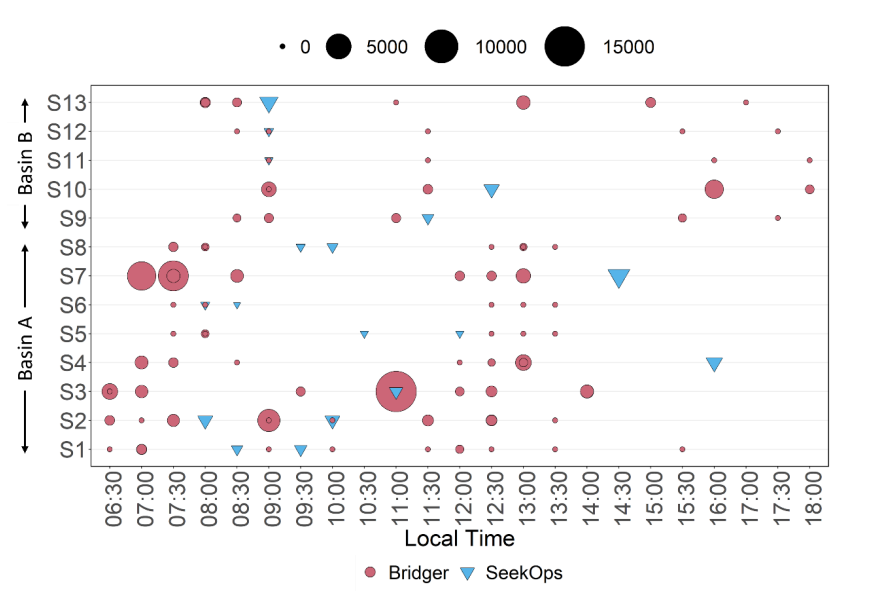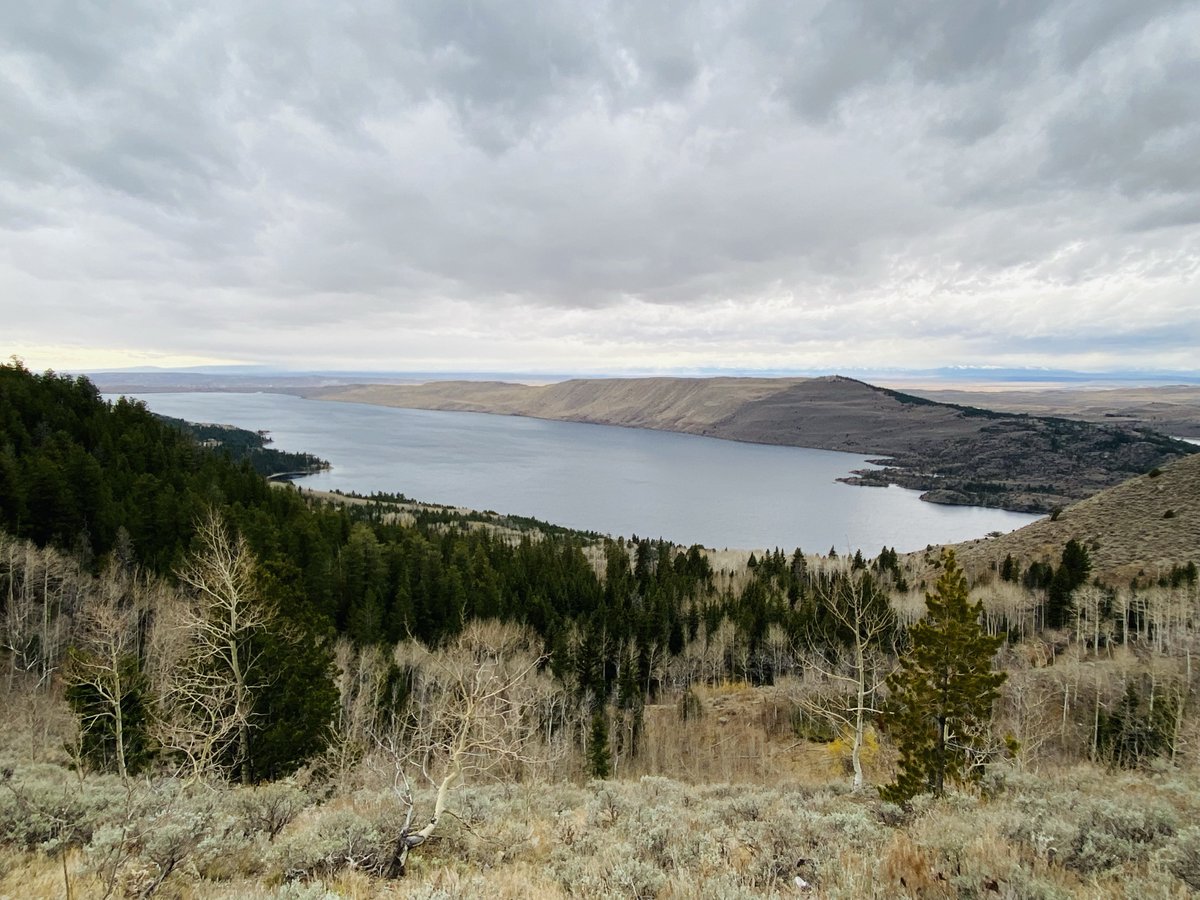
Here are #methane details:
- $850M to EPA for methane monitoring/mitigation
- Fee at $900/t in 2024 going up to $1500/t in 2026.
- EPA methane regs compliant facilities exempt if equivalence can be demonstrated
- EPA required to update inventory estimates in 2 years
- $850M to EPA for methane monitoring/mitigation
- Fee at $900/t in 2024 going up to $1500/t in 2026.
- EPA methane regs compliant facilities exempt if equivalence can be demonstrated
- EPA required to update inventory estimates in 2 years
https://twitter.com/marianne_levine/status/1552437743875399680
Here's the thing:
$900/t CH4 in 2024 is ~$17/mcf of gas, roughly 2x current Henry Hub price. That's a strong incentive for #methane reductions.
$1500/t CH4 is ~$29/mcf. These high prices will incentivize operational changes (e.g., switch gas engines to electric drive motors).
$900/t CH4 in 2024 is ~$17/mcf of gas, roughly 2x current Henry Hub price. That's a strong incentive for #methane reductions.
$1500/t CH4 is ~$29/mcf. These high prices will incentivize operational changes (e.g., switch gas engines to electric drive motors).
Fees applied to emissions intensities over:
- Production: 0.2% of gas, 10 mt/mbbl of oil
- Transmission: 0.11%
- LNG & other facilities: 0.05%
Only facilities reporting to EPA (>25000 mt CO2e/year emissions) will be subject to #methane fees.
- Production: 0.2% of gas, 10 mt/mbbl of oil
- Transmission: 0.11%
- LNG & other facilities: 0.05%
Only facilities reporting to EPA (>25000 mt CO2e/year emissions) will be subject to #methane fees.
Here's what this means: These emission thresholds (<0.2%) are low - proving it is going to take a LOT more than 1/yr or even 4/yr aerial surveys.
To get 0.2% within 10% error means you will likely need quasi-continuous monitoring.
See variability here: chemrxiv.org/engage/chemrxi…
To get 0.2% within 10% error means you will likely need quasi-continuous monitoring.
See variability here: chemrxiv.org/engage/chemrxi…

Key clause: If facilities comply with upcoming EPA #methane regs & demonstrate equivalent reductions, they will be exempt from #methane fees.
How do you demonstrate that? Unclear.
But given high fees, likely to be much cheaper to comply with EPA regs.
How do you demonstrate that? Unclear.
But given high fees, likely to be much cheaper to comply with EPA regs.
https://twitter.com/arvindpawan1/status/1455555209711820803?s=20&t=t1glpHIPBzkFh1NCEcKXjQ
The most important part is the requirement for EPA to update #methane inventory in 2 years, using data from direct measurements. This is critical to bridge gap between inventory & measurements. I will have more to say on this soon, but see our recent work: nature.com/articles/s4146… 

We will likely see a race to lowest #methane emissions from operators. We were already going in that direction as demand for #certified gas increases globally. Large buyers don't like to pay more & will prefer low-emissions suppliers.
I talk about it here:houstonchronicle.com/business/energ…
I talk about it here:houstonchronicle.com/business/energ…
You know what's interesting?
If O&G producers achieve #methane leakage shown here, #hydrogen produced using NG and CCS (blue #H2) will be eligible for production tax credits if life cycle emissions <4 kg CO2e/kg H2.
<1% methane leakage will achieve this. pubs.rsc.org/en/content/art…
If O&G producers achieve #methane leakage shown here, #hydrogen produced using NG and CCS (blue #H2) will be eligible for production tax credits if life cycle emissions <4 kg CO2e/kg H2.
<1% methane leakage will achieve this. pubs.rsc.org/en/content/art…

• • •
Missing some Tweet in this thread? You can try to
force a refresh













